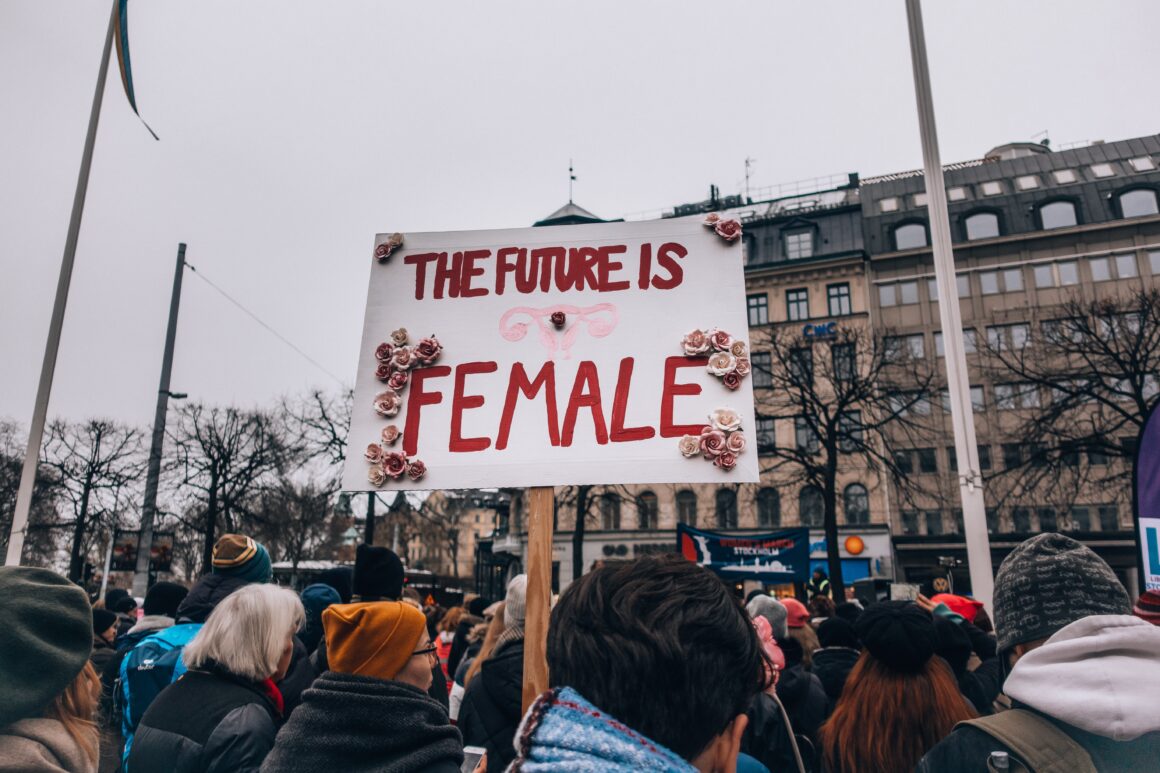Inclusive campaigns and lines have been created by several international brands in order to cater for all different body types. They include clothes for plus-sized girls, petite pieces for shorter or thinner ladies and longer wears for those who are a few inches taller than the average; and this is amazing. Almost nothing feels better than when one goes shopping and finds somethin`g that will fit them even if they do not meet the stereotypical or average body size or shape. While these progressions in the past years have been monumental, a huge range of widely-known shops still attempts to oversimplify bodies into fewer sizes– and, sometimes, even with just one.
Only producing one size of clothing might save the manufacturers money and time, but it also turns a blind-eye to the reality of body types. Although some fabrics are stretchy and, therefore, can really fit most sizes, the honest truth is that not all are like that, and rarely a pair of shorts will fit both an XSand an M, let alone an XXL.
Additionally, majority of this ‘one-size’ production does not cater for the average, healthy body type, but instead has an unrealistically tiny size, which can be only worn by girls who are very thin. Therefore, one cannot even claim that this type of clothing is meant to fit the average population of that area, when perhaps only a minority will fit into it.
However, this isn’t just an issue of how much one weighs but of their body type in general. Most of these clothes oversimplify bodies so much that girls with larger breasts, longer legs, larger hips or who are a little shorter cannot fit into them, making them only available to people with fewer curves, smaller breasts and a standard, average height ratio.
The company making these products will not just lose the plus-sized clients, but also whoever does not have a “standard body type.”
Calling a generic, small size a “one size,” implying a fit for all body types, focuses fashion around thinness and does not promote diversity. While some items might work as a one-size, this does not happen with most of them; not acknowledging that there are more body shapes and sizes than the one being sold is extremely hypocritical.
There is something deeply frustrating about entering a store and not finding anything that could possibly fit simply because everything is categorized into one, ideal size that all people should fit into. Working on one’s confidence is hard enough internally– the least that fashion industries could do is provide clothes that go beyond the stereotypical body shapes and sizes and can enhance everyone’s features and beauty.
To those brands that still support this type of sizing, please have a look around. There is a multitude of body types, and they are all equally beautiful and worthy of as much clothing as possible.
Photo: Artificial Photography via Unsplash


